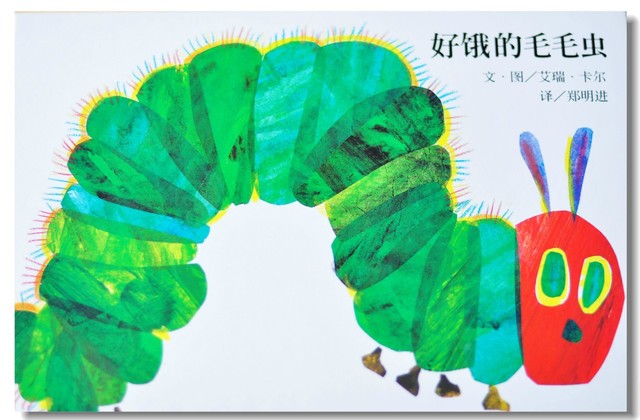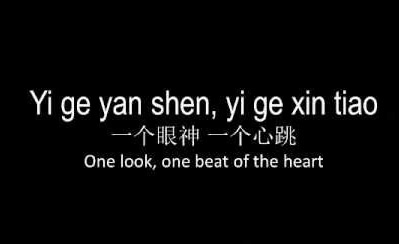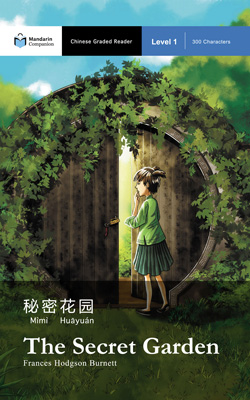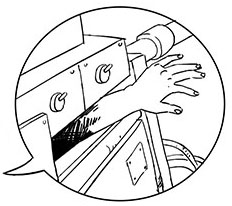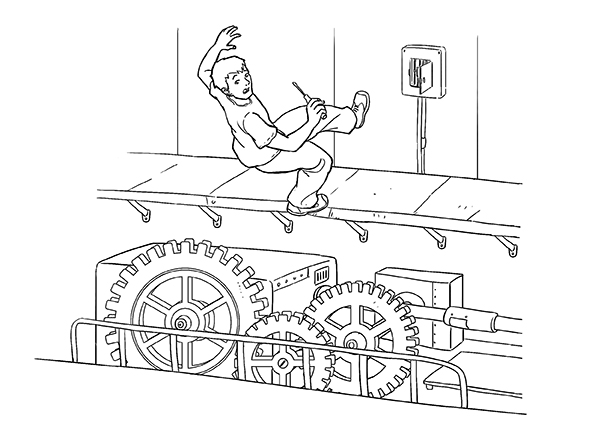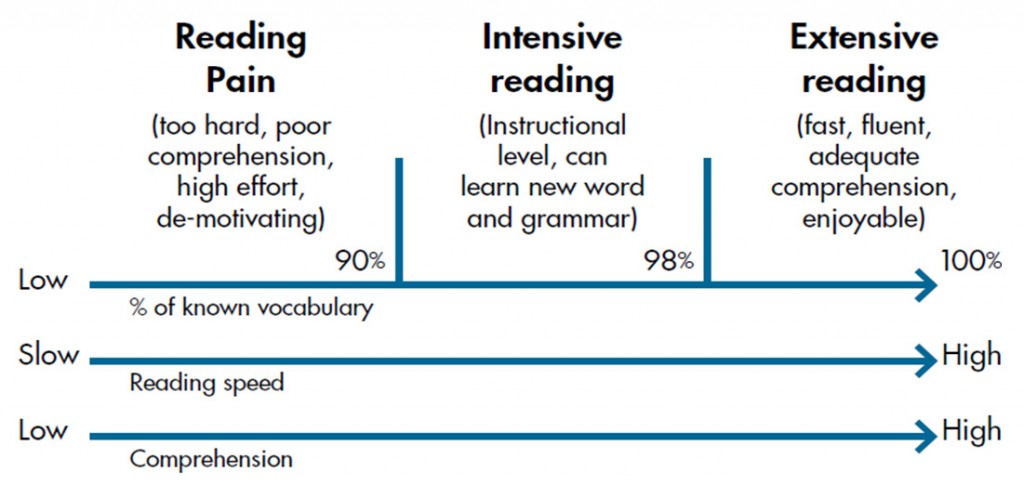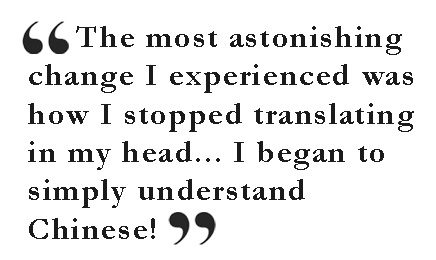So you can read Chinese, but you want to improve your speaking, listening, and writing? Look no further! Here are some activities that can enhance the gains from your graded readers that specifically focus on areas other than reading. Some of these activities can be done alone but many work better with a language partner or larger group for discussion. Either way, you’re in for something more enjoyable than reading a textbook.
Read one or two chapters and predict what will happen.

The anticipation of what will happen next in a story keeps us engaged in book. Take that anticipation to the next level and predict what you think will happen. This activity allows you to collect your understanding of the characters and make sense of it all…in Chinese! This can be done by yourself or with a language partner. It can be discussed orally or written down. Grab a language partner who is also reading the book and discuss. If you’re alone or want to practice writing, write down what you think will happen next. Type it out on your computer or, for the adventurous, write it by hand!
Stop reading at a crucial point and offer a character advice.

From an outside perspective of the character, it’s easier to see their flaws, strengths, and opportunities. Take your perspective during a critical point in the book and offer the character advice from the perspective of a friend, relative, or some other outside observer. Write it down or discuss it with a language partner.
Make a personal list of new vocabulary and then share with a partner.

When you come across a new word or character, write it down. Share this list with a language partner who is reading the same book. Explain characters or words that were not problems for you and have your partner do the same for you. At the end, you may have a list of new vocabulary which are new for both of you. Review and study these words and understand how they fit into the context of the reading. Use them in conversation between the both of you.
Write letters from a character or write a characters’ journal entry.
In “The Secret Garden” the character 文思远 (Colin Craven) is a spoiled boy who has been given everything he has ever asked for on a silver platter while at the same time deprived of the one thing he needed most: love. Write a journal entry as if you were the character or write a letter from that character to another character in the book. Try to understand their point of view and imagine what they would think in their own situation. This activity can be done alone and can be carried further by sharing and discussing with a language partner.
Suggest a continuation or a sequel to a story. Tell or write your idea.
The end of the book need not be the end of the story, so write your own! Here are some examples of a few sequel ideas:
“The Exploitation of the Country of the Blind“ Chen Fangyuan comes back to the Country of the Blind as a capitalist roader and turns the land into an amusement park.
“The Monkeys Down the Hall“ We discover that Mr. and Mrs. Zhang were simply victims of an elaborate hoax by their son to get some life insurance money.
“The Secret Fight Garden“ The first rule of the Fight Garden is: You do not talk about the Fight Garden. The second rule of the Fight Garden is: You do not talk about the Fight Garden.
I expect you to send us your sequel!

Read one chapter then tell somebody else about it.
Excellent comprehension activity that forces you to use what you just read. Simply explain what you read! You can do this for every chapter or for the entire book. Put the story in your own words in Chinese! This is an excellent oral activity however also works for a written activity as well.
Use the story as a topic of discussion
This can work with a partner or in a group/classroom setting. Think of this in the same way a book club would discuss a book. Bring out the main themes, characters, motives, and events for discussion among the group. Come prepared with questions and topics to discuss. Start with one question and give people time to think and formulate an answer. A good rule of thumb is to wait at least 7 seconds for a reply after asking a question. While your vocabulary may be limited, you’ll find new ways to express your ideas using what you know all the while learning from others and occasional references to a dictionary.
I have known these types of discussions go on for hours, moving beyond a formal setting onto dinner at a restaurant and continuing in the parking lot till late in the night, all in Chinese! Sure beats repeating sample dialogue from a textbook.
Role play scenes from books and add missing dialogue.

Get theatric! Grab a graded reader and act out what is happening in the book. Adlib scenes and take on the personality of each character. This helps you to gain a greater connection with the language by identifying with the emotions of characters in Chinese. You can explore how to use intonation in Chinese beyond the confines of the standard 4 tones.
I hope you can use these activities can help you develop your Chinese skills. We want to hear your stories. Happy reading!



